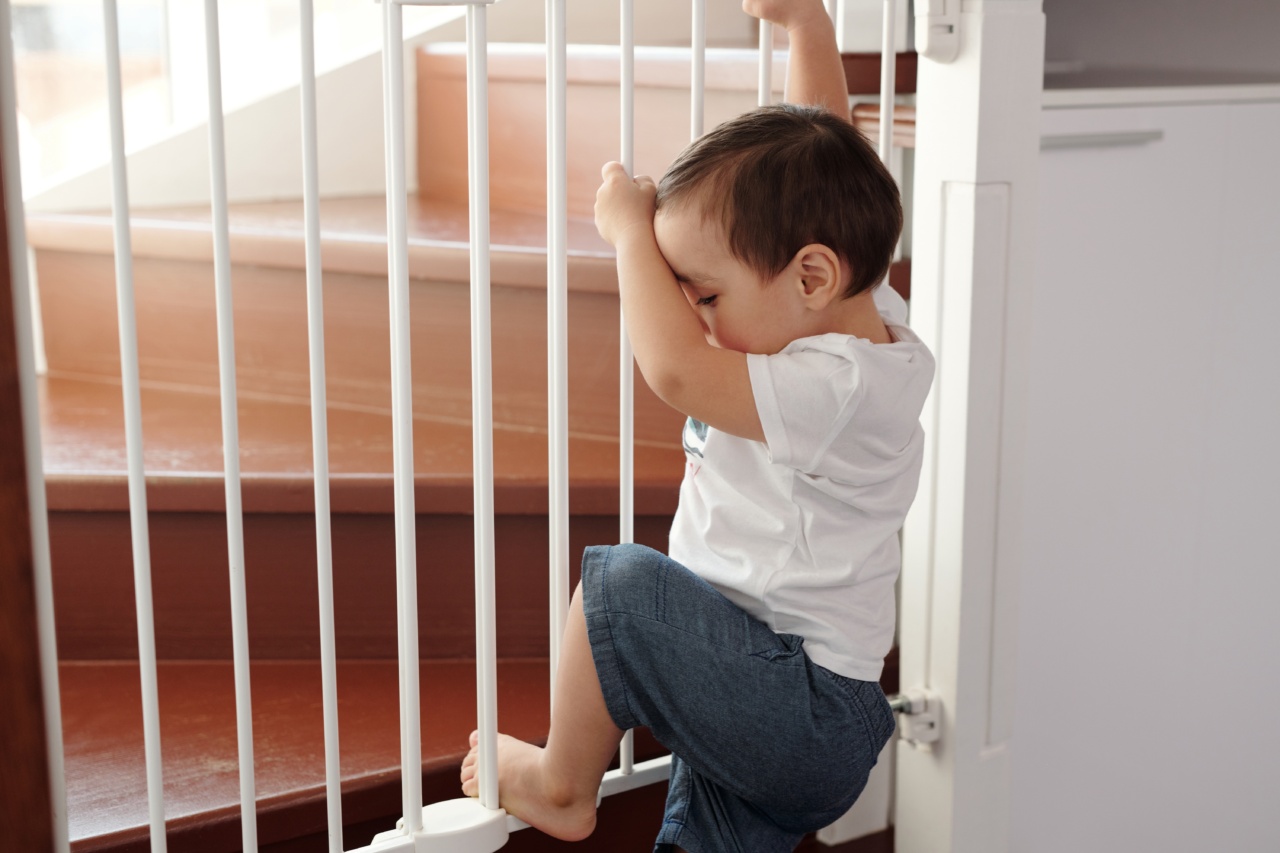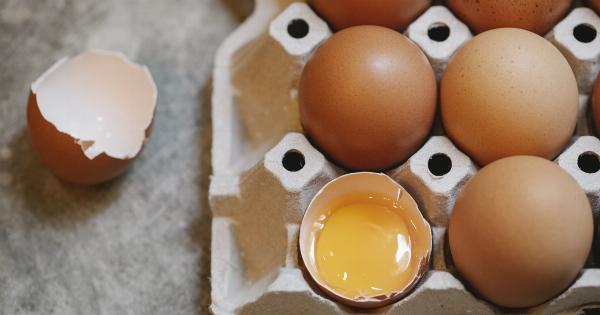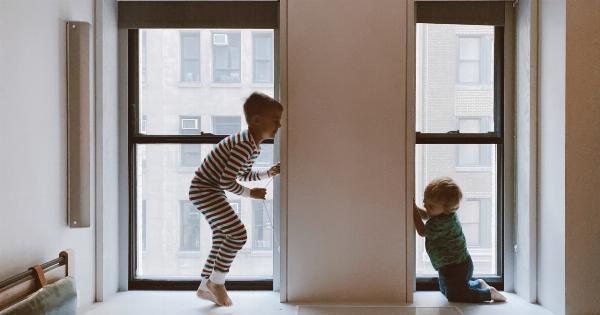As a parent or caregiver, it is crucial to ensure that your home is a safe and secure place for your children to grow and play.
Accidents and injuries can happen quickly and unexpectedly, so it is essential to take the necessary precautions to prevent them from occurring. Here are 30 ways to avoid accidents and promote home safety for your children.
1. Install Smoke and Carbon Monoxide Detectors
Make sure that you have working smoke and carbon monoxide detectors installed in your home. Check and replace batteries regularly to ensure that they are in good working order.
2. Keep Electrical Cords Out of Reach
Make sure that electrical cords are not within reach of your children. Use cord guards or hide cords behind furniture to keep them out of sight and out of reach.
3. Install Childproof Locks on Cabinets and Drawers
Install childproof locks on cabinets and drawers to prevent your children from accessing dangerous objects such as cleaning products, medications, and sharp objects.
4. Keep Hot Liquids Away from Children
Keep hot liquids, such as coffee or tea, away from your children. Use a spill-proof mug or cup, and do not carry hot liquids around your child.
5. Install Safety Gates
Install safety gates at the top and bottom of stairs to prevent your children from falling down them. Use a gate with a locking mechanism that is easy for adults to use but not for children to open.
6. Keep Small Objects Out of Reach
Keep small objects, such as coins or toy parts, out of reach of your children. These items can present a choking hazard, so make sure they are stored safely away.
7. Secure Windows and Balconies
Secure windows and balconies with locks or window guards to prevent your children from falling out. Do not place furniture near windows, as this can provide a climbing opportunity for your children.
8. Supervise Children Near Water
Never leave your children unattended near water, including the bathtub, swimming pool, or any other body of water. Use a proper flotation device and make sure your children are aware of water safety rules.
9. Use Blinds with Cords Safely
Use blinds with cords safely by cutting the cords to the correct length and out of reach of your children. You can also purchase cordless blinds or install a cord cleat for easy storage.
10. Use a Non-Slip Mat in the Bathtub
Use a non-slip mat in the bathtub to prevent your children from slipping and falling. Also, consider installing grab bars for added stability.
11. Store Medicine in a Safe Place
Store medicine in a safe place where your children cannot access it. Use a childproof lock or store it in a high cabinet that is out of reach.
12. Use a Car Seat Correctly
Use a car seat correctly that is appropriate for your child’s age and weight. Make sure it is installed correctly and that your child is properly strapped in before driving.
13. Keep Outdoor Toys in Good Condition
Keep outdoor toys in good condition by regularly checking for wear and tear or exposed metal parts that can cause injury. Repair or replace them as needed.
14. Cover Electrical Outlets
Cover electrical outlets with childproof covers to prevent your children from sticking their fingers or objects into them. Consider using surge protectors to keep cords organized and out of sight.
15. Use a Fire Extinguisher
Keep a fire extinguisher in an easily accessible location and take the time to learn how to use it correctly. Teach your children what to do in case of a fire and practice fire drills regularly.
16. Keep Poisonous Plants Out of Reach
Keep poisonous plants out of reach of your children or remove them from your home entirely. Research the kinds of plants that are dangerous and make sure your children are not exposed to them.
17. Use Safe Cleaning Products
Use safe cleaning products that are non-toxic and child-friendly. Store them in a high cabinet that is out of reach of your children.
18. Dispose of Hazardous Waste Properly
Dispose of hazardous waste, such as batteries or electronics, properly. Do not allow your children to play with these items or throw them in the trash.
19. Properly Store Fireworks
If you choose to use fireworks, store them in a safe place and keep them out of reach of your children. Always have adult supervision when using fireworks and follow all safety guidelines.
20. Lock Up Firearms
If you own firearms, lock them up in a secure gun safe or cabinet and store ammunition separately. Teach your children about gun safety, but do not rely on them to stay away from firearms on their own.
21. Teach Your Children the Importance of Sun Safety
Teach your children about the importance of sun safety, including wearing a hat and sunscreen, staying in the shade during peak sun hours, and staying hydrated.
22. Keep Your Home and Yard Well-Lit
Keep your home and yard well-lit to prevent slips, falls, and other accidents. Use motion-activated lights or solar-powered lights to save energy and reduce your carbon footprint.
23. Use Childproof Door Locks
Use childproof door locks to prevent your children from opening doors and escaping outside without your knowledge. You can also install door alarms to alert you if a door is opened.
24. Check the Temperature of Bathwater
Check the temperature of bathwater before placing your child in it. Use a thermometer or test the water with your elbow to make sure it is not too hot or too cold.
25. Promote Healthy Eating and Exercise Habits
Promote healthy eating and exercise habits that will help your children grow and stay healthy. Encourage them to participate in sports or other physical activities and offer healthy snacks and meals.
26. Install Night Lights in Hallways and Bedrooms
Install night lights in hallways and bedrooms to reduce the chances of your children tripping and falling during the night. Choose a soft light that will not disturb their sleep.
27. Use Non-Toxic Art Supplies
Use non-toxic art supplies that are safe for your children to use. Make sure they are labeled as child-safe, and supervise your children while they are using them.
28. Teach Your Children to Swim
Teach your children to swim at a young age. Sign them up for swimming lessons and make sure they understand the importance of water safety and swim rules.
29. Keep Kitchen Knives Out of Reach
Keep kitchen knives out of reach of your children or store them in a locked drawer. Use child-safe utensils and supervise your children while they are helping in the kitchen.
30. Communicate with Your Children
Communicate with your children about home safety and the potential dangers that can occur. Talk to them about what to do in case of an emergency and listen to their concerns and questions.




























